New Study Explains Why Darwins ‘Living Fossil’ Continues to Defy Evolution
A unique species of fish, dubbed ‘living fossils’ by the revered naturalist Charles Darwin, continues to garner the attention of researchers due to several fascinating qualities that have resulted in little evolution over tens of millions of years.
The researchers from Yale University were astounded by their findings during the study on Gars, which revealed the unique characteristics behind their slow evolution could one day help scientists reduce the likelihood of humans getting cancer.
Charles Darwin and His Theory of Evolution
Charles Darwin was a 19th-century biologist, geologist, and naturalist best known for his theory of evolution.

Source: Wikimedia
In his 1859 work “On the Origin of Species,” Darwin proposed natural selection as the primary mechanism driving evolution. This idea, along with the work of Gregor Mendel, served as the foundation for the modern theory of evolution.
Darwin's Fascination With Nature
Darwin traveled extensively throughout his life, documenting plants and animals around the world and meticulously studying those that fascinated him the most.

Source: Wikimedia
One particular species of fish that garnered his attention was gars, a group of seven fish that he dubbed “living fossils,” suspecting that these fish had evolved very little over millions of years.
What Are Gars?
Gars are a species of seven fish typically found throughout North America. Their distant cylindrical-shaped bodies make them relatively easy to identify.
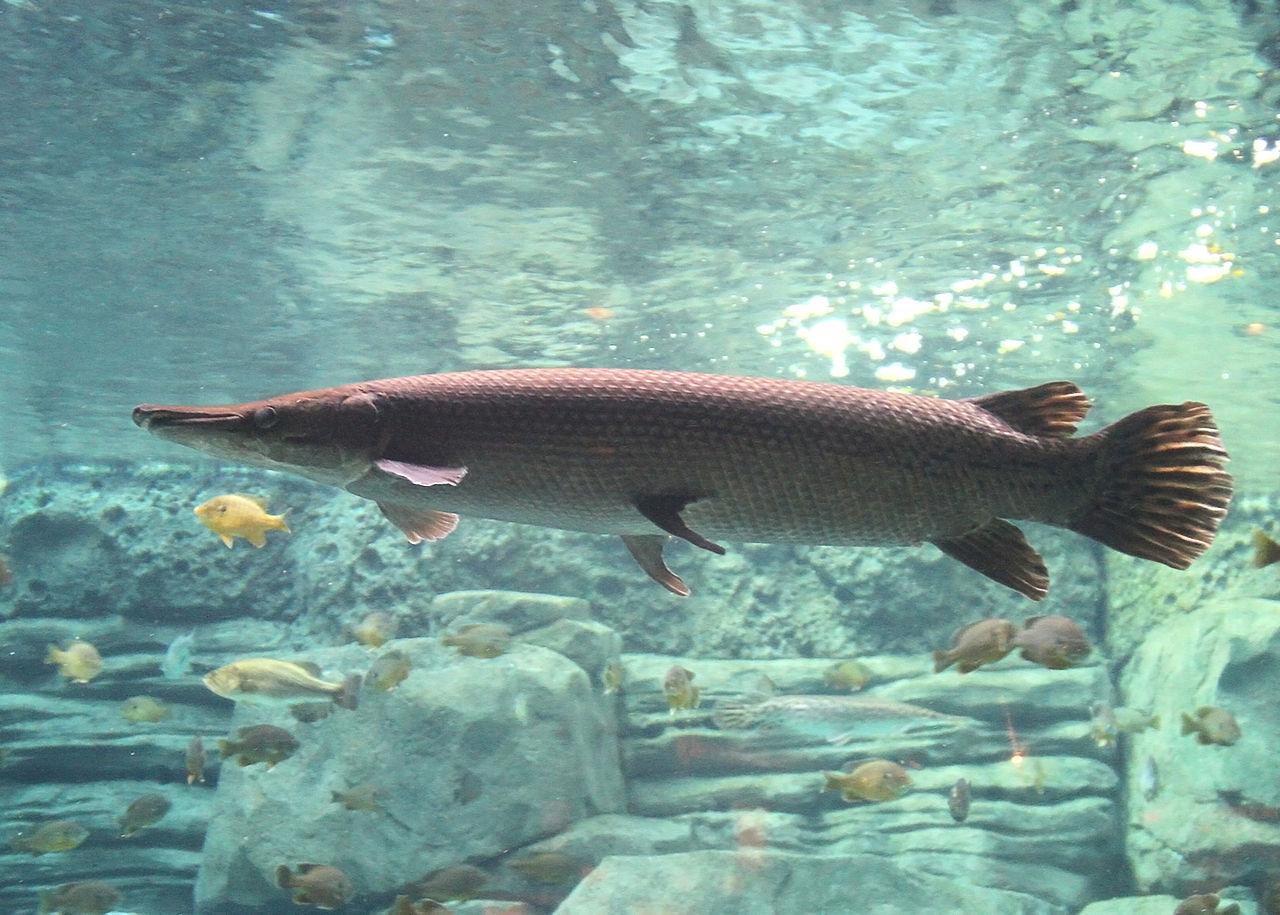
Source: Wikimedia
This species of fish is unique in that it has rarely changed over its long history, retaining several features that arose with its early ancestors tens of millions of years ago.
Scientists Conduct Study on Gars
A team of researchers from Yale University set out to investigate why the gars swimming about in today’s waters are so similar to their ancestors, some of whom are over 100 million years old.

Source: Wikimedia
After meticulously examining several members of the species, the researchers published their study results in the journal Evolution, shading considerable insight into the characteristics of these unique fish.
Scientists Study the Living Fossils
During the study, the researchers provided evidence that the gars have the slowest rate of molecular evolution witnessed in any jawed vertebrate, meaning Darwin was correct in calling these fish living fossils.
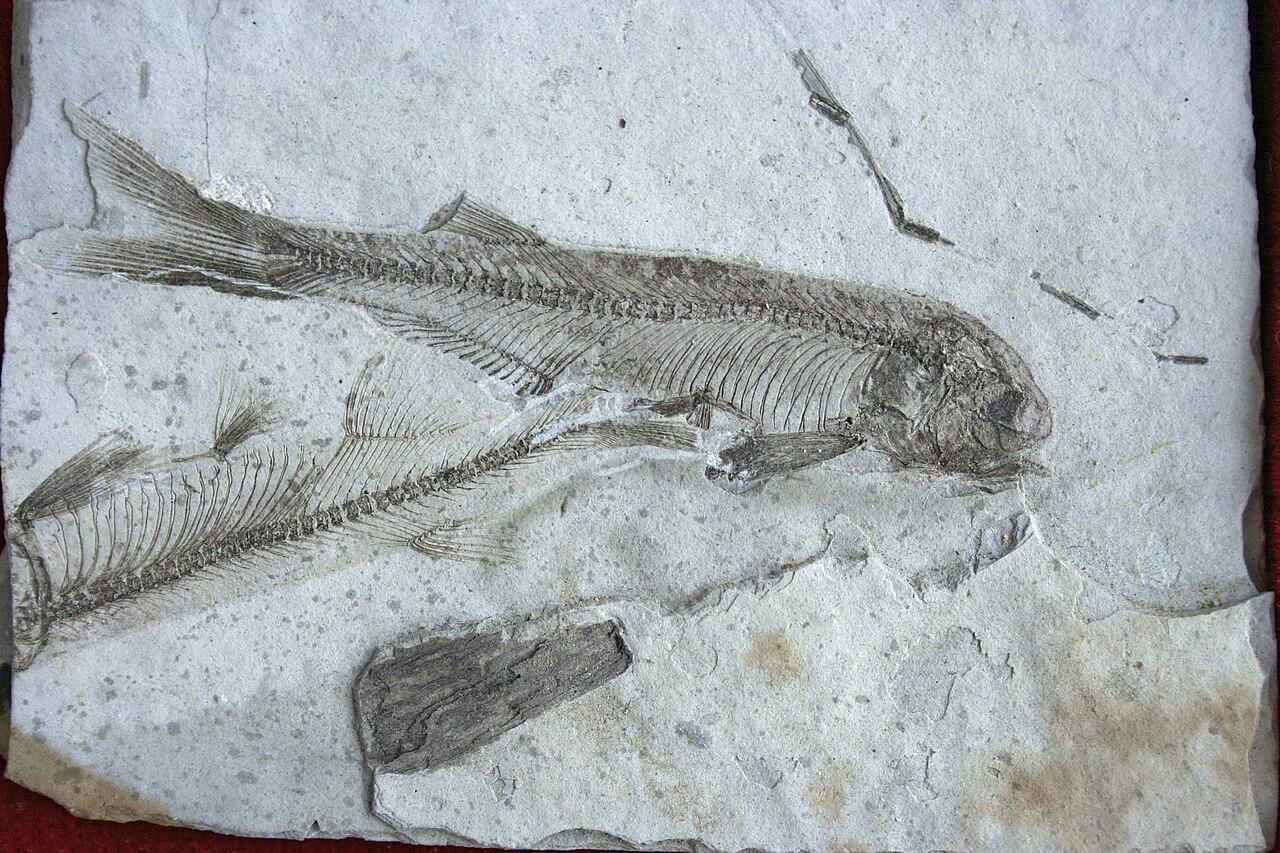
Source: Wikimedia
The researchers explain the gars essentially never change. However, they evolve at such a slow speed that it seems almost non-existent, a characteristic that has led to considerable interest in this particular species of fish.
The First Species to Fit the Criteria of Living Fossil
According to Thomas Near, a professor of Ecology and Evolutionary Biology at Yale’s Faculty of Arts and Sciences, the low rate of evolution witnessed in the gars also results in a lack of species hybridization.
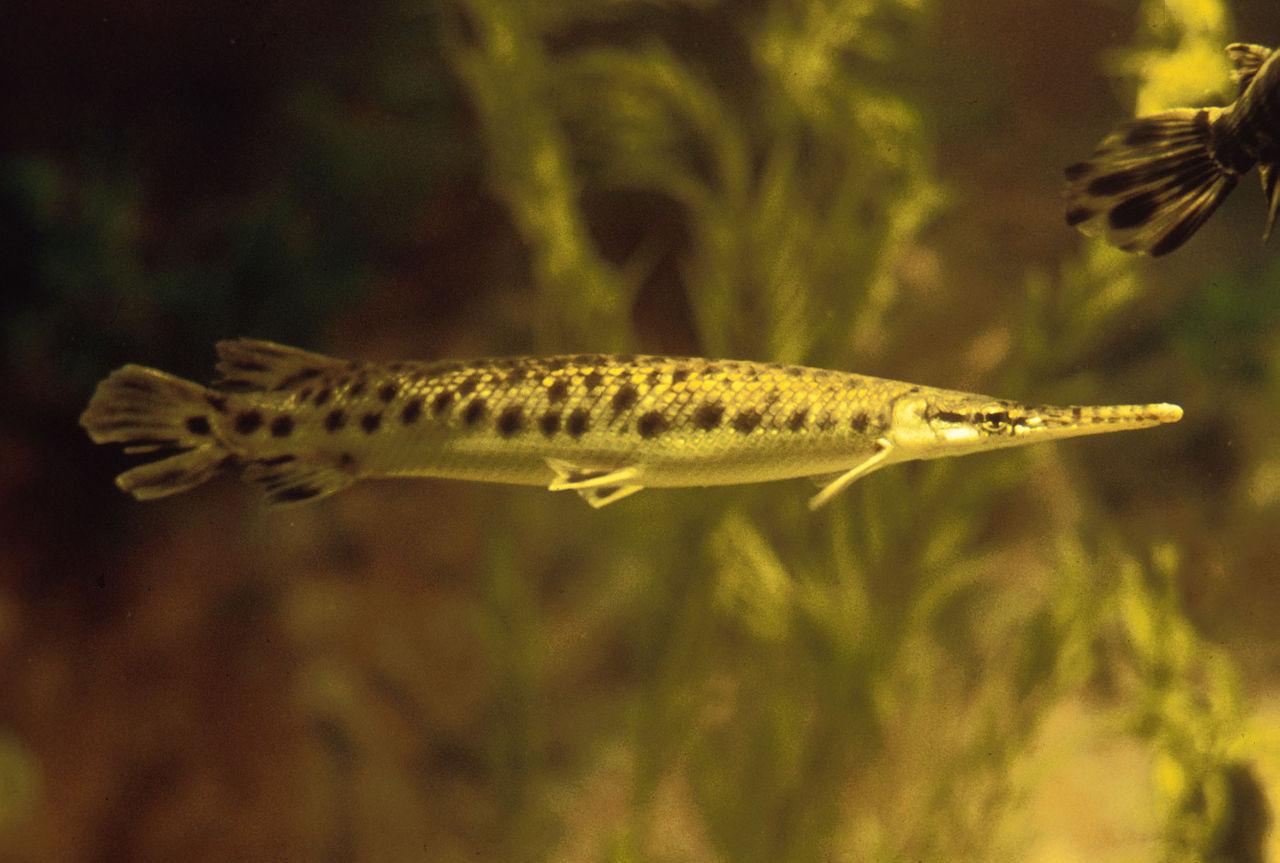
Source: Wikimedia
“We show that gars’ slow rate of molecular evolution has stymied their rate of speciation,” he said. Adding, “Fundamentally, this is the first instance where science is showing that a lineage, through an intrinsic aspect of its biology, fits the criteria of living fossils.”
Gars Have Unique DNA Abilities
During their investigation into why gars have such a slow rate of evolution, the Yale scientists made a fascinating discovery.
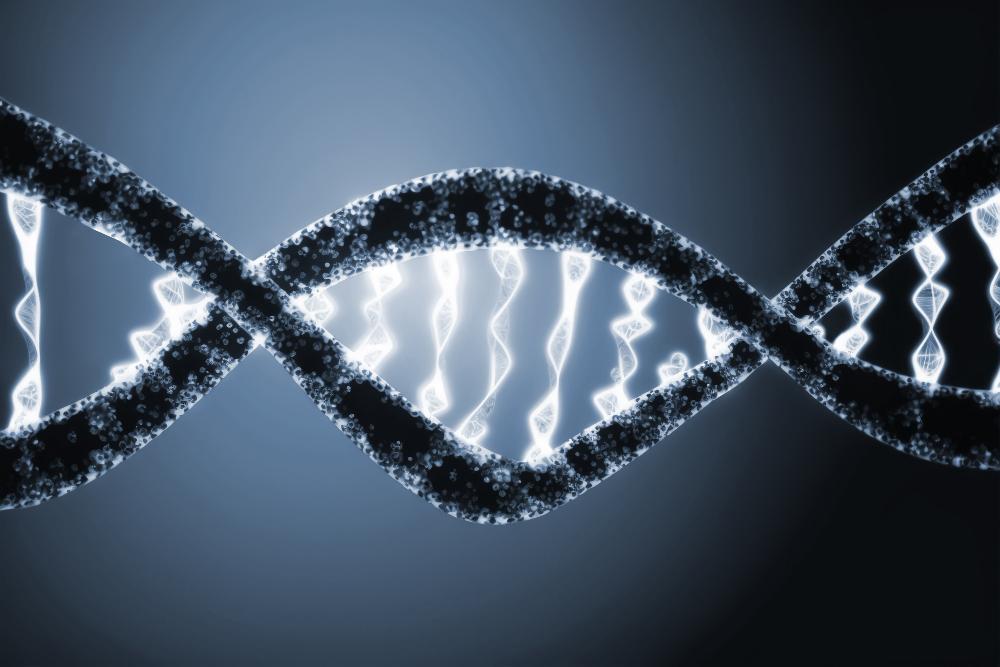
Source: Freepik
According to their paper, the gars can repair their DNA better than many other animal species. This allows the species to correct any mutations that may occur before and after conception.
Could the Gar's Abilities Help Humans?
The scientists propose further studies on the Gars’ unique abilities with the hopeful prospect that their self-repairing mechanism could eventually be harnessed to benefit human health.
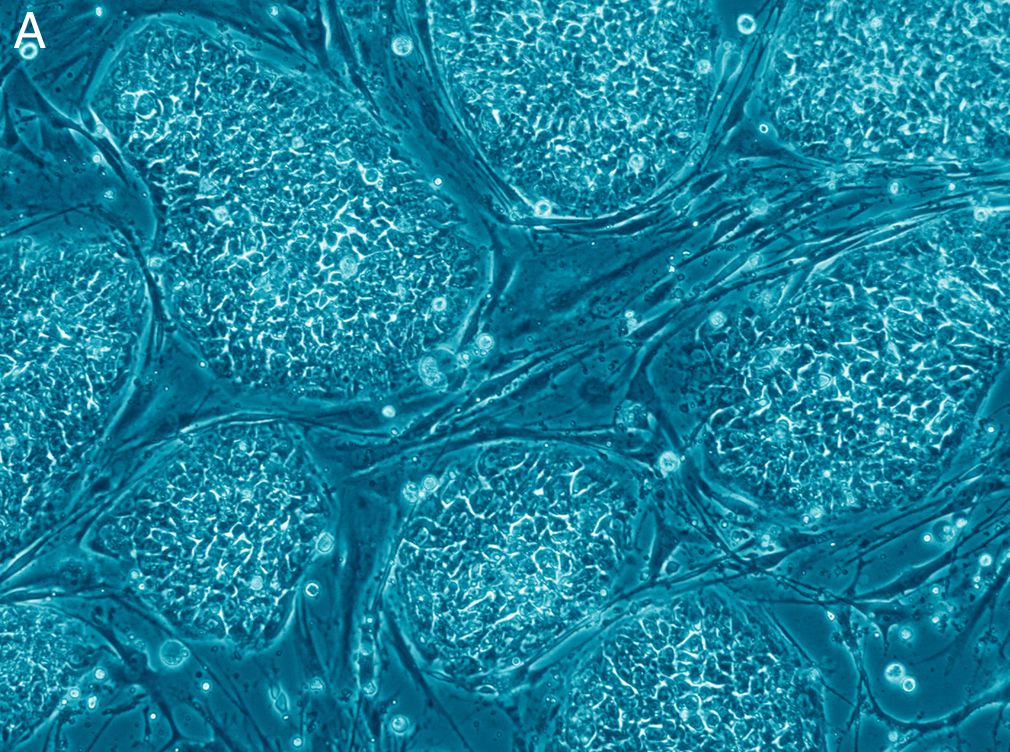
Source: Wikimedia
“Most cancers are somatic mutations that represent failures of an individual’s DNA repair mechanisms,” Near said, alluding to the idea that such a biological ability could reduce the risk of cancer in humans.
Using Gars' Abilities to Heal Human Illness
Regarding future studies, Near explains that if researchers could better understand the DNA repair mechanisms, scientists could reproduce this and use it to heal a plethora of human illnesses.

Source: Freepik
“If further study proves that gar DNA repair mechanisms are extremely efficient and discovers what makes them so, we could start thinking about potential applications to human health,” he said.
Gars' Ability to Effectively Reproduce
Chase Brownstein, a graduate student in Yale’s Department of Ecology and Evolutionary Biology, explains that Gar’s slower evolution limits its ability to produce new species. However, they can still reproduce effectively.
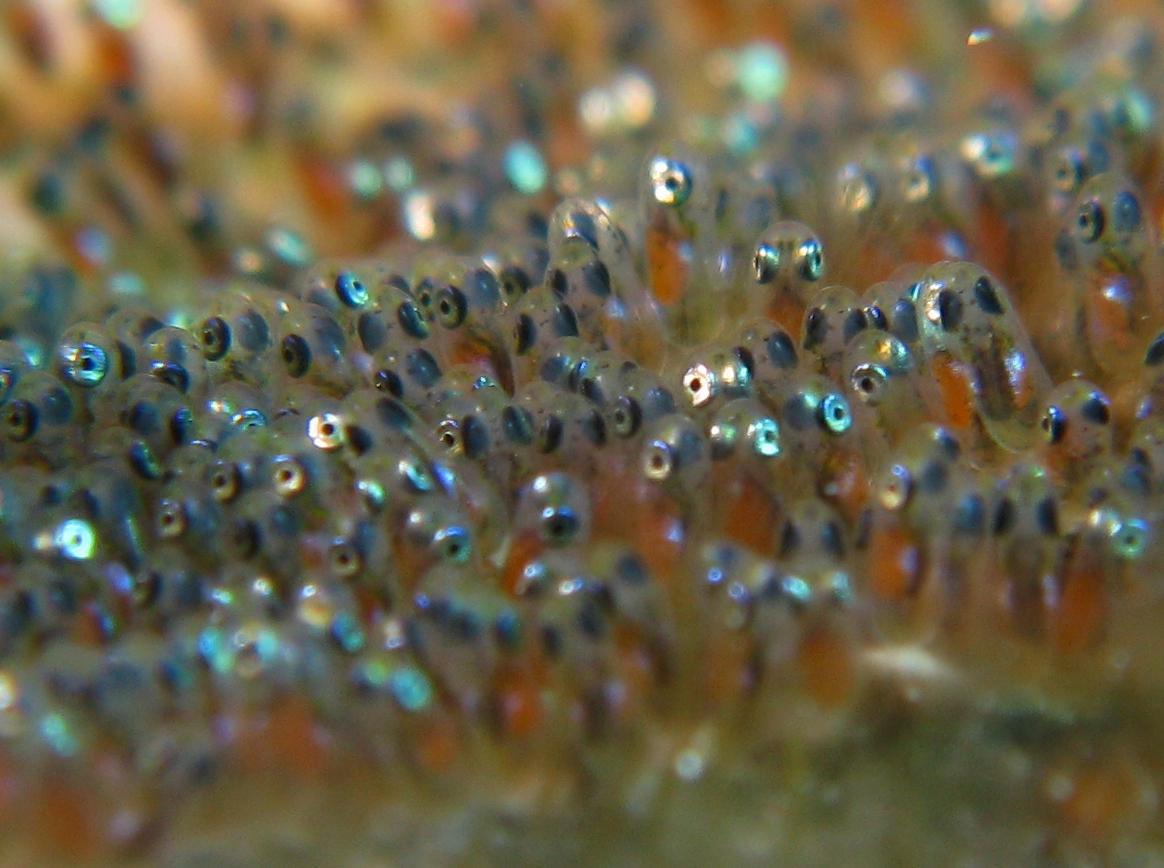
Source: Wikimedia
“The slower a species’ genome is mutating, the more likely it is that it will be able to interbreed with a separate species that it’s been genetically isolated from over a long stretch of time,” he said.
The Evolutionary Process of Gars in Nature
“Our paper shows that living fossils aren’t simply strange accidents of history but provide a fundamental demonstration of the evolutionary process in nature,” Brownstein said in the statement.
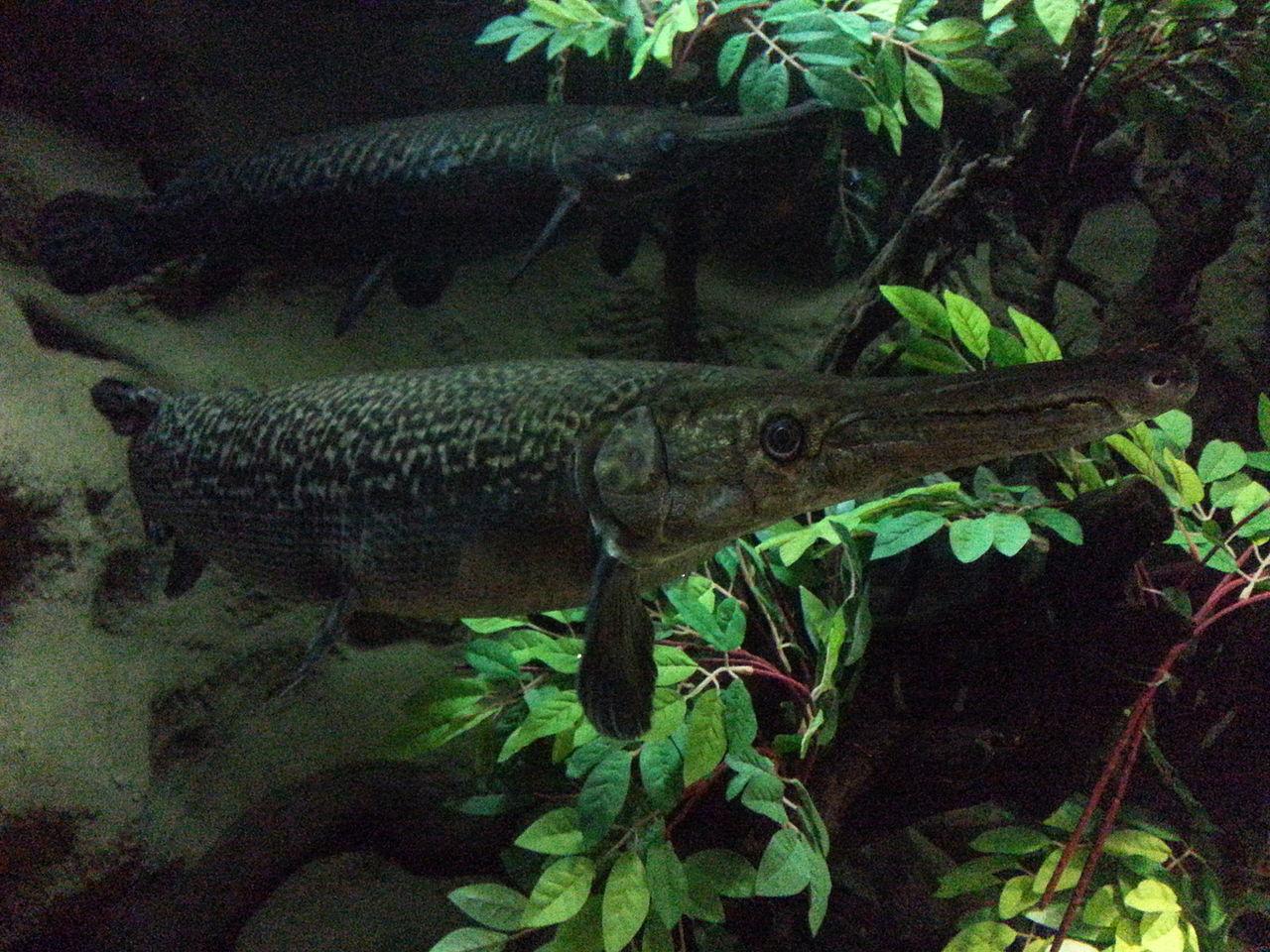
Source: Wikimedia
He added, “It shows that analyzing patterns in living fossils’ evolutionary history might have implications for our own story. It not only helps us better understand the planet’s biodiversity but potentially could one day be applied to medical research and improve human health.”
